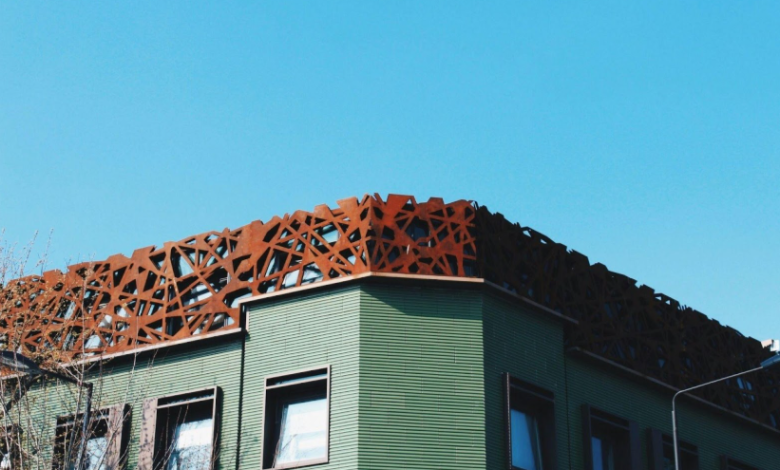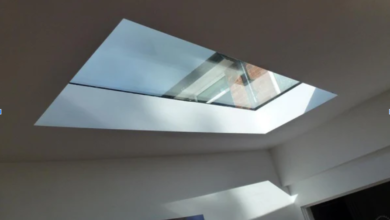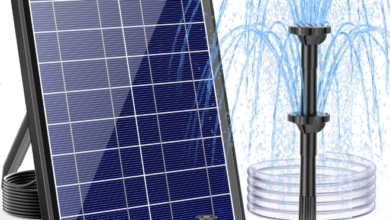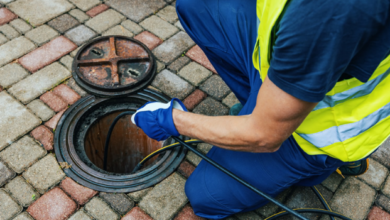How Does Retrofitting Increase a Building’s Energy Efficiency?

Retrofitting is when you upgrade an existing building. You don’t have to tear everything out. What you do instead is work with what you have. Whatever you are retrofitting, whether it is a house, office, or commercial building, retrofitting provides you with higher energy efficiency, comfort, and savings.
The majority of older buildings lose energy due to the use of old systems, poor insulation, and wasteful lighting. Retrofitting eliminates that.
How Retrofitting Can Save Energy?
By retrofitting a building, you reduce the amount of energy needed to warm it. Less energy to consume means less to spend on your bill. It also reduces greenhouse gas emissions, which is good for the Earth.
Energy efficiency isn’t really about dollars and cents. It’s about being smarter with energy use. It’s being able to enjoy living and working in a healthier, more comfortable building that is cool in the summer and warm in the winter, without running the heater or air conditioning in blast mode.
Upgrading systems during retrofitting can also allow building owners to take advantage of the best electricity price, making energy savings even more impactful.
See also: Elevate Your Home’s Comfort and Value with Expert Bathroom Remodeling in Seattle
Upgrade Insulation and Ceilings
Insulate walls, ceilings, and floors. Seal windows and doors with gaps. Utilize weather stripping and foam sealants. Little air leaks impact your energy use over time.
Integral waterproofing solutions when you design a major makeover. They protect the building envelope while adding insulation and energy efficiency.
Replace Leaky Windows and Doors
Draughty old windows let air escape and permit heat to enter. Replace them with double-glazed or low-emissivity (Low-E) windows to restrict heat transfer. They keep your indoor temperature stable at all times. Choose energy-efficient doors with good sealing, too.
Window film and window shades help, too. They reduce solar heat gain and reduce your cooling bill.
Add LED Lighting
Lighting takes up a big chunk of your electricity bill. Incandescent bulbs use a lot of power. LED bulbs use less energy, last longer, and give off more light.
Retrofitting your lighting system can also include sensors or timers. Motion detectors turn off lights when no one is around. Daylight detectors automatically change the brightness.
Upgrade Heating and Cooling Systems
Your heating and air conditioning may be operating more than it has to. Upgrade to new, energy-efficient units. Utilize programmable thermostats to manage temperatures when everyone is away.
Zone systems do work as well. They allow you to heat or cool specific zones only as needed.
Install Smart Energy Controls
Smart technology helps out today’s buildings. Retrofitting can range from automated systems that constantly monitor your energy usage.
They give you feedback and help you alter your habits.
Smart thermostats, timers, and control panels enable you to have greater command over your energy, especially when you are not present. They prevent wasteful usage and decrease your bills each month.
Retrofitting also makes structures more resilient. For example, carbon fiber retrofitting strengthens walls and beams but doesn’t weigh them down with enormous amounts of material. This keeps the building sturdy, especially when there is seismic activity, and still saves energy.
Wrapping Up
Retrofitting is a smart investment. Every retrofit has its payback. It gets you more comfortable, saves you energy money on your bills, and ensures a brighter future. You also get to make your space more secure and resilient. If you retrofit, hire a professional contractor. Choose energy-savvy solutions that are right for you.




